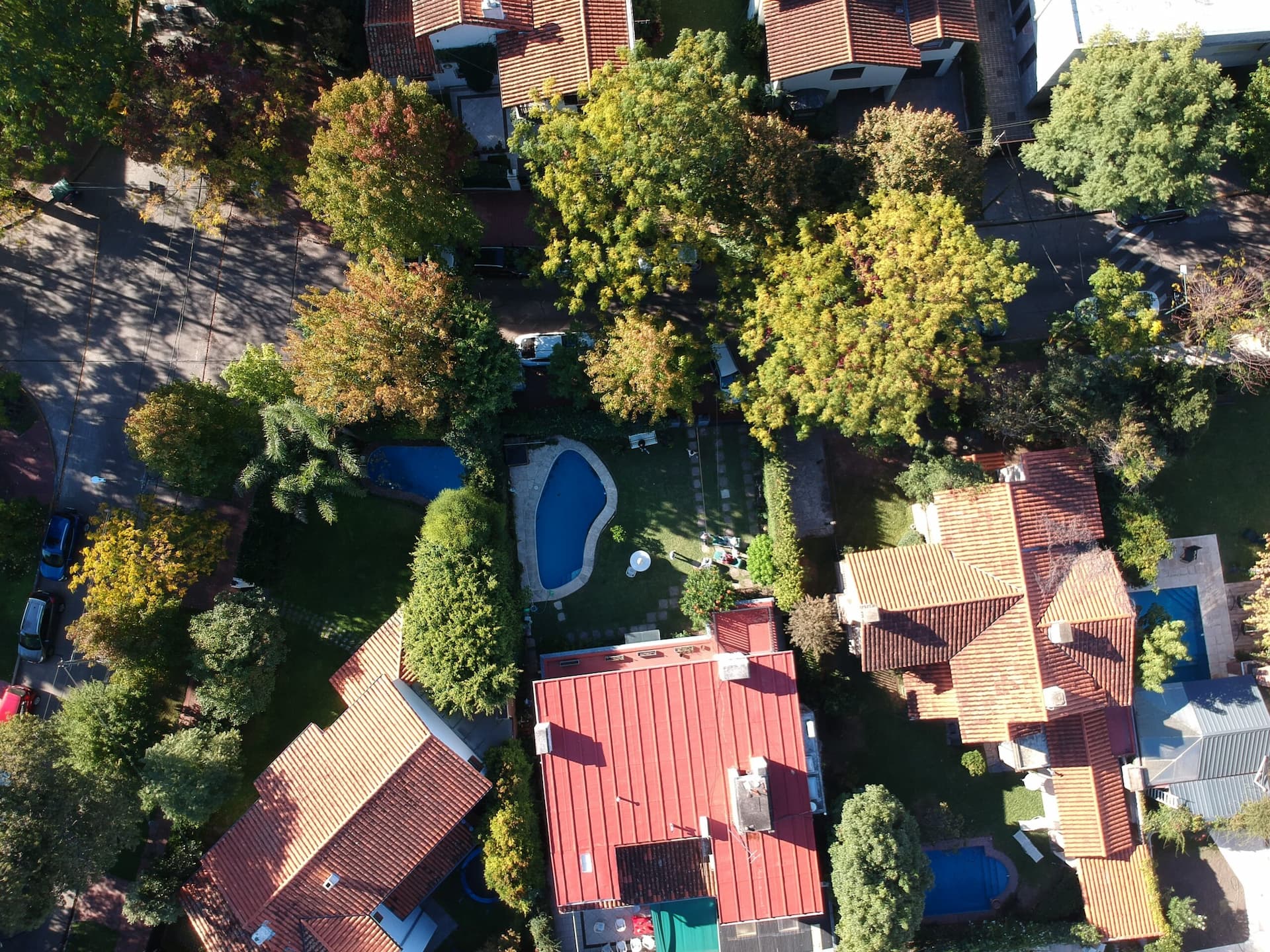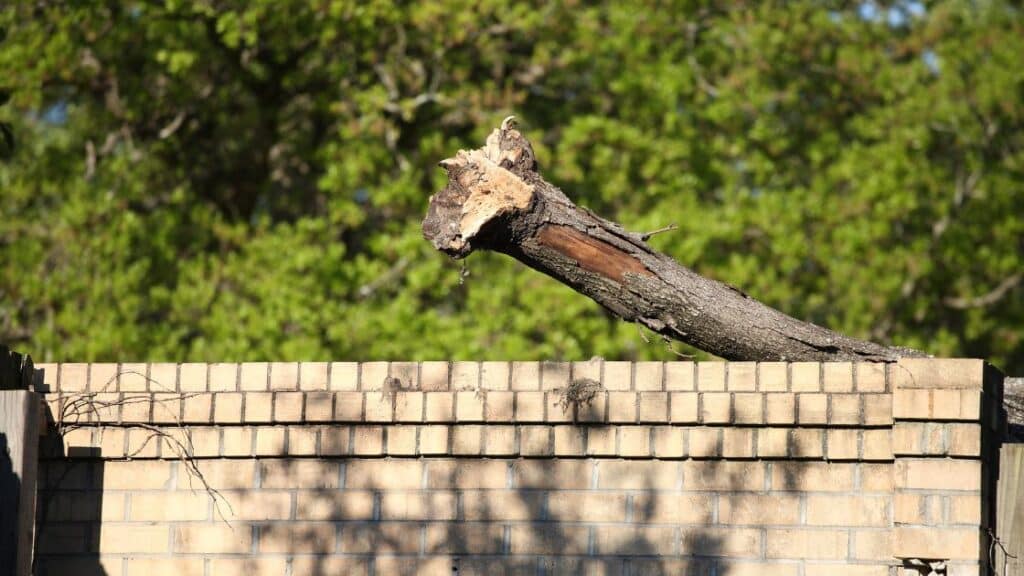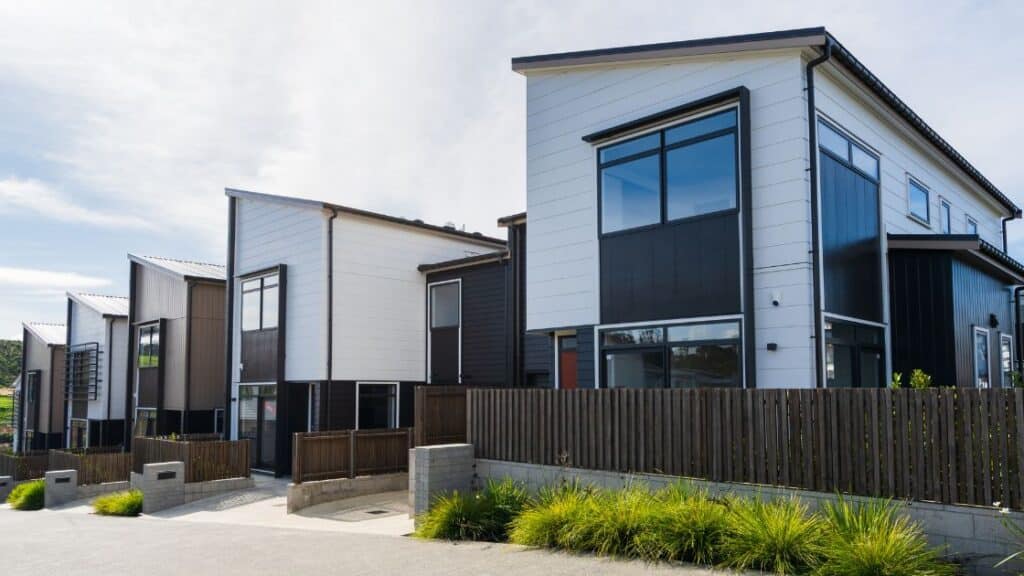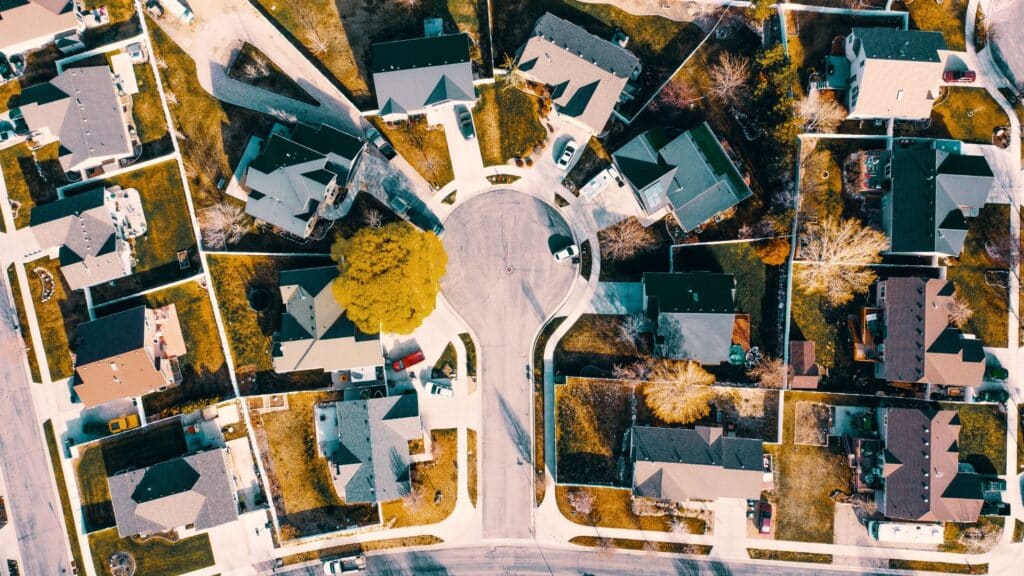
Property Disputes
Given our experience in dealing with a wide range of property disputes, our Property Lawyers can provide you with the guidance and support necessary to successfully resolve your dispute in an efficient and smooth manner.
- Fencing and boundary disputes: Resolve issues related to property boundaries and fencing conflicts with expert legal assistance.
- Tree disputes: Get guidance on conflicts arising from overhanging branches, root damage, or tree maintenance responsibilities.
- Nuisance: Address disruptions or annoyances caused by neighbouring properties with professional legal advice.
- Encroachment: Seek support for situations where a neighbor unlawfully extends structures or uses your land.
- Adverse possession: Understand and navigate the complex legal process of claiming ownership of property through continuous and unauthorised use.
- Co-Ownership Disputes: Resolve co-ownership property conflicts with expert legal guidance.
- Section 66G Applications: Navigate Section 66G Applications for property sales.
- Easement Disputes: Resolve easement conflicts with precision and expertise.
One of the most common disputes between neighbours is the decision to replace a boundary fence.
Resolving Property Disputes with Your Neighbours
Neighbours often disagree on a range of topics when it comes to replacing a boundary fence, such as:
- The suitability of the existing fence;
- The type of replacement or new fence being proposed including the materials to be used, colour, and height of the fence;
- The positioning of the fence;
- When, how, and by whom the works will be carried out; and
- The cost of the fence.
You should first make reasonable attempts to reach an agreement to resolve the matter with the other party. We encourage the parties to engage in mediation using the Community Justice Centre to resolve their differences which is a free service.
If an agreement cannot be reached, then one party may serve the other with a Fencing Notice in accordance with the Dividing Fences Act 1991 (NSW). This initiates a formal process where the parties set out the outcome they want and the reasons. This can be a complex and strict process and we can assist to ensure your notices comply with the legislative requirements.
Sometimes the issues cannot be resolved. Our experienced lawyers can assist in attempting to resolve the matter directly with your neighbour or by representing you in court proceedings seeking an order of the Court.
What are the common causes of fencing and boundary disputes?
Common causes include unclear property boundaries, encroachments, and disagreements over fence placement.
How can I determine the exact boundary of my property?
Hire a registered surveyor to define the boundary line; costs are usually shared.
What steps should I take if my neighbour builds a fence on my property?
Discuss with your neighbour, then serve a Fencing Notice. If unresolved, apply to NCAT or the Local Court.
Can I apply to the Land and Environment Court for a boundary determination?
Yes, if there’s no agreement on the boundary line.
What orders can the Court make in boundary disputes?
Determine boundary line, remove/relocate fence, award costs, and order mediation.
Tree disputes between neighbours commonly involve overhanging branches or roots that are impacting or posing a risk to a neighbouring property.
Resolving Property Disputes About Trees
Our experienced property lawyers can assist you if you wish to have a tree or hedge on the neighbour’s land pruned or removed, or you are seeking compensation for damage to your property caused by a tree on a neighbour’s land. This includes action against Council and other authorities.
You must first make reasonable attempts to reach an agreement to resolve the matter. We encourage the parties to engage in mediation using the Community Justice Centre to resolve their differences.
If you still cannot resolve the dispute with your neighbour, then we can assist by making an application for orders in the Land and Environment Court. Some examples are for orders to:-
- remove a tree, grind or poison its stump, remove offending roots or prune overhanging tree limbs;
- pay for roofing work and replacement of tiles damaged by fallen tree limbs;
- pay for repair/replacement costs for sewer pipes, cracked walls or paths badly damaged by tree roots;
- pay for installation of a root control barrier;
- prune the trees and maintaining them at a certain height, width or shape;
- remove the trees and replace them with trees of a different species;
- authorise entry onto the land to carry out the orders; and
- pay for the costs of the work.
Generally, orders for the recovery of legal costs are not granted however under some circumstances, an application for costs may be made separately to the Court. Non-legal costs of preparing the application and other costs such as expert fees are generally borne by the parties.
We can also assist you in responding to complaints or action by a neighbour relating to trees on your property.
What is the process for resolving tree disputes between neighbours in NSW?
The process involves applying to the Land and Environment Court under the Trees (Disputes Between Neighbours) Act 2006.
Can I apply to the Land and Environment Court for orders related to tree disputes?
Yes, you can apply to the Court for orders to remedy, restrain, or prevent damage or injury caused by a tree.
What types of orders can the Land and Environment Court make in tree disputes?
The Court can make orders to remove trees, prune branches, prevent injury, and compensate for damage.
Do I need a lawyer to handle a tree dispute, or can I represent myself?
While you can represent yourself, it’s common to engage a lawyer for advice and representation.
What preliminary steps should I take before applying to the Court for a tree dispute?
You should conduct a title search and determine the title particulars of the adjoining property.
If a person substantially and unreasonably interferes with the private use and enjoyment of your land, you may be entitled to a remedy.
Dealing With Nuisance Neighbours
Private nuisance can occur in two ways:
- Material physical damage to land or property; or
- Interference or disturbance with the use or enjoyment of land.
Examples of nuisance include, but are not limited to:
- Encroachment;
- Water run-off and drainage issues;
- Noise including animals and air conditioning units; and
- Environmental concerns such as smoke, dust, sewerage, odours, vermin and waste.
You should first make reasonable attempts to reach an agreement to resolve the matter with the other party. We encourage the parties to engage in mediation using the Community Justice Centre to resolve their differences which is a free service.
Our experienced property lawyers can assist you in attempting to resolve the matter with the person causing the nuisance. If a resolution cannot be reached, we can provide you with advice and representation to stop the nuisance and recover damages (if any) by an order of the Court.
What constitutes a private nuisance in NSW?
Private nuisance occurs when someone interferes with another person’s use of their land in a substantial and unreasonable way.
How can I prove that an interference is a nuisance?
You need to demonstrate that the interference is unreasonable and substantial.
What factors does the court consider when determining if an interference is unreasonable and substantial?
The court considers factors like frequency, degree, type of interference, duration, and time of occurrence.
Can I bring a nuisance claim if the interference is caused by an ordinary use of the land?
No, if the interference is caused by an ordinary use of the land, it is less likely to be considered a nuisance.
What remedies are available if a nuisance is established?
Remedies include damages, injunctions, and abatement of the nuisance.
An encroachment relates to a building or structure that intrudes on, or crosses over, another person’s property.
Resolving Property Disputes About Encroachment
This includes, but is not limited to walls, overhangs and part of a building/structure that is above or below the ground. An example of an encroachment is when an individual decides to build a garage and its roof ends up overhanging across the neighbour’s property.
Relief of an encroachment may include the following:
- Compensation to the owner of the property affected by the encroachment;
- Transfer or lease of the subject land to the encroaching owner whereby they pay consideration; or
- The removal of the encroachment.
You should first make reasonable attempts to reach an agreement to resolve the matter with the other party. We encourage the parties to engage in mediation using the Community Justice Centre to resolve their differences which is a free service.
We can assist you in resolving the matter by engaging suitable experts to prepare the plans required to show the encroachment and drafting and registering the required dealings.
If a resolution cannot be reached, we can provide you with advice and representation to resolve the encroachment by an order of the Court.
What is considered an encroachment under NSW law?
An encroachment is when a building or structure intrudes onto another person’s land.
How can I find out if there is an encroachment on my property?
Arrange for a property survey by a registered surveyor.
What steps should I take if I discover an encroachment?
Contact the encroaching owner and seek a resolution; if unresolved, consider legal action.
Can I apply to the Land and Environment Court for relief from an encroachment?
Yes, either the adjacent owner or the encroaching owner can apply to the Court for relief.
What orders can the Court make in cases of encroachment?
The Court can order compensation, transfer of land, or removal of the encroachment.
Adverse possession means someone has legal title over property because they’ve been in possession of it for a long time.
Resolving Property Disputes About Adverse Possession
This can occur even if someone else believes they have title to the land.
Adverse possession commonly occurs when a fence or building has extended past its boundary. In this situation, the neighbour may have adverse possession over the land. This may sometimes only be the matter of a few centimetres, but when it comes to valuable property that can be a significant amount of money.
Adverse possession can also occur where part, or all, of the land has been abandoned and you can demonstrate that you have had the use and enjoyment of the land and have maintained the land for a prescribed period of time.
Our lawyers have experience in helping clients work through adverse possession claims and defending property rights and values.
What is adverse possession in NSW?
Adverse possession is when someone occupies land without permission and claims legal ownership after a certain period.
How long must someone occupy land to claim adverse possession?
Generally, 12 years of continuous occupation is required.
What conditions must be met for a successful adverse possession claim?
The occupation must be open, notorious, exclusive, adverse, and continuous.
Can adverse possession claims be made against government land?
No, adverse possession claims cannot be made against government land.
What is the process for making an adverse possession claim?
The process involves applying to the Land and Environment Court and proving the necessary conditions.
Co-ownership disputes arise when joint property owners disagree over the use, management, or sale of the property. These conflicts can involve residential, commercial, or investment properties.
What Are Co-Ownership Disputes?
Co-ownership disputes occur when joint property owners face disagreements over the management, use, or sale of their shared property. At PDC Law, our expert property dispute lawyers specialise in resolving these conflicts by prioritising fair division and protecting your legal entitlements. Through tailored strategies, including negotiation, mediation, and legal proceedings, we work to achieve resolutions that safeguard your rights and ensure equitable outcomes.
What is a co-ownership dispute?
Co-ownership disputes occur when property owners disagree about its management, sale, or use.
How can co-ownership disputes be resolved?
They can be resolved through negotiation, mediation, or legal proceedings with expert legal assistance.
What happens if co-owners cannot agree to sell a property?
A Section 66G application may be filed to request a court-ordered sale of the property.
Section 66G applications provide a legal pathway for resolving disputes when co-owners cannot agree on the sale of a jointly owned property.
Understanding Section 66G Applications
Through Section 66G applications, a court-appointed trustee manages the sale of jointly owned property, ensuring proceeds are distributed equitably among co-owners. At PDC Law, we excel in preparing and filing these applications, advocating for your interests in court, and securing fair outcomes to resolve co-ownership disputes.
What is a Section 66G application?
It is a court application allowing the sale of co-owned property when owners cannot reach an agreement.
How long does a Section 66G application process take?
The timeline varies depending on the complexity of the dispute and court schedules.
What happens after a trustee is appointed?
The trustee manages the sale of the property and ensures fair distribution of the proceeds.
Easement disputes often arise over access rights or shared property use, and they can involve securing easements for development through s88K applications or enforcing the terms of existing easements.
Simplifying Easement Disputes
At PDC Law, we specialise in resolving easement conflicts through tailored strategies that safeguard your legal rights and uphold your property’s intended use. Whether you need an easement for development purposes (s88K applications) or assistance enforcing the terms of an existing easement, our team is here to guide you through the process efficiently and effectively.
What is an s88K application?
It is a legal application to obtain easements necessary for development projects.
How are disputes over easement terms resolved?
They can be resolved through negotiation, mediation, or court enforcement of the original terms.
What happens if an easement is denied?
You may file an s88K application to seek court approval for the easement.
Legal Expertise
Proceed with confidence.
PDC Law is a specialist commercial, property and dispute resolution law firm. Our lawyers have a combined experience of over 40 years.
Related Articles
Explore more articles related to Property Disputes
- Can I cut down a tree in my backyard?, Can I trim a tree that hangs over my fence from a neighbour’s yard?, What to do when there is a herd of elephants in your neighbouring unit?"}" data-page="1" data-max-pages="1" data-start="0" data-end="0">














